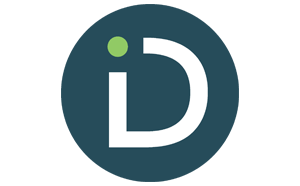Water Damage Response Guide for Businesses
Water damage—whether from burst pipes, flooding or roof leaks—can lead to extensive structural damage and harm to valuable equipment, inventory and personal belongings. In fact, it’s one of the most common and frequent causes of property damage. A prevention plan helps mitigate these risks, reducing the likelihood of costly repairs or replacements. This 24-page water…












